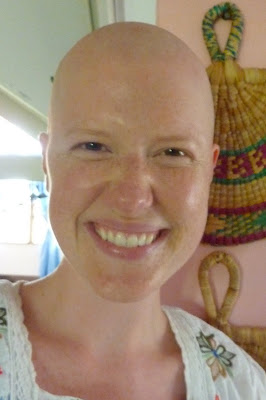Back in Sandiara: Beersheba Project Internship
After a few months absence, I have returned to the fabulous village of Sandiara to participate in the Beersheba Project , an admirable Christian endeavor centering on Biblical studies and environmental preservation: two interests that have lately preoccupied my musings. I have my own room, into which I have comfortably settled, unpacking my enormous backpack for the duration of my month-long internship. Although I am rather fond of my nomadic tendencies, I am always grateful for a home base and my own space. Living with a group of Serer Senegalese and an English/Dutchman, my daily rhythm has substantially and pleasantly changed from that of my other experiences. As the familiar epigram concludes, variety is the spice of life.
Since I have one month to give you a picture of my activities here, I will set the stage and plunge into more detailed accounts in the preceding entries. As an aside, I have left behind the world of Ceb bu Jen, a fatty meal of rice, fish, vegetables, and a drastic portion of MSG, and stumbled into the world of millet, which is much preferable and highly more nutritious! Fondee, millet porridge I eat with peanut butter, thieré, millet couscous, thiakry, millet cereal eaten with milky yogurt, and ngourban, millet stew with dried fish and dried clams, are all quite appreciated and consumed with zest on my part. I look forward to this vacation from Ceb bu Jen—the national dish of Senegal. Now back to my internship and my new found responsibilities.
One of the gratifying aspects of being an independent researcher is that I choose where I want to travel and the duration of my visit, given the option is generally quite open when one has her own financing. When I visited the Beersheba Project back in late October, I knew I would return for a prolonged stay to delve more deeply into their ethos and to learn about sustainable agriculture from a participatory perspective. My mission as an intern is two-fold: first, I plan to help start one of their social projects aimed at alleviating the interminably long cooking process rural women undergo on a daily basis while decreasing the usage of wood and saving precious resources; and second to work out on the farm, pruning trees and scything to prepare one section of the property for a fruit orchard that I will assist in planting in July when I return.
I admire the team with which I am working, furnishing me with the opportunity to sit at the feet of the skillful and competent. In addition I maintain my sociological ardor to understand Senegalese family life, having connected well with a local family in Sandiara that has adopted me as a member of the family. As you can see, my treasure chest is full. I look forward to recounting my pursuits and the undertakings of this particular episode in Kelsey’s adventures!
Tip #11 for Surviving in Senegal: If you get the chance to cook a Senegalese meal, start to finish, watch out for the slip of knife as you scale and gut fish. I now have several scars from my fish scaling and gutting exploits although I hope these remain minimal. Scale, gut, fry, boil, eat; that is how it is done here in Senegal.








Comments